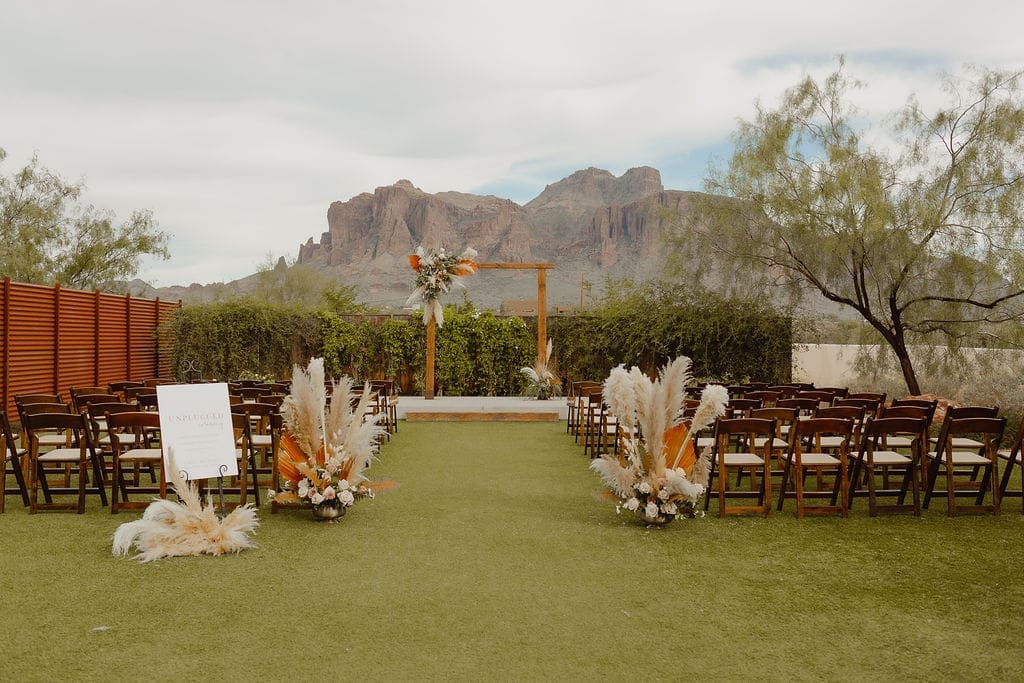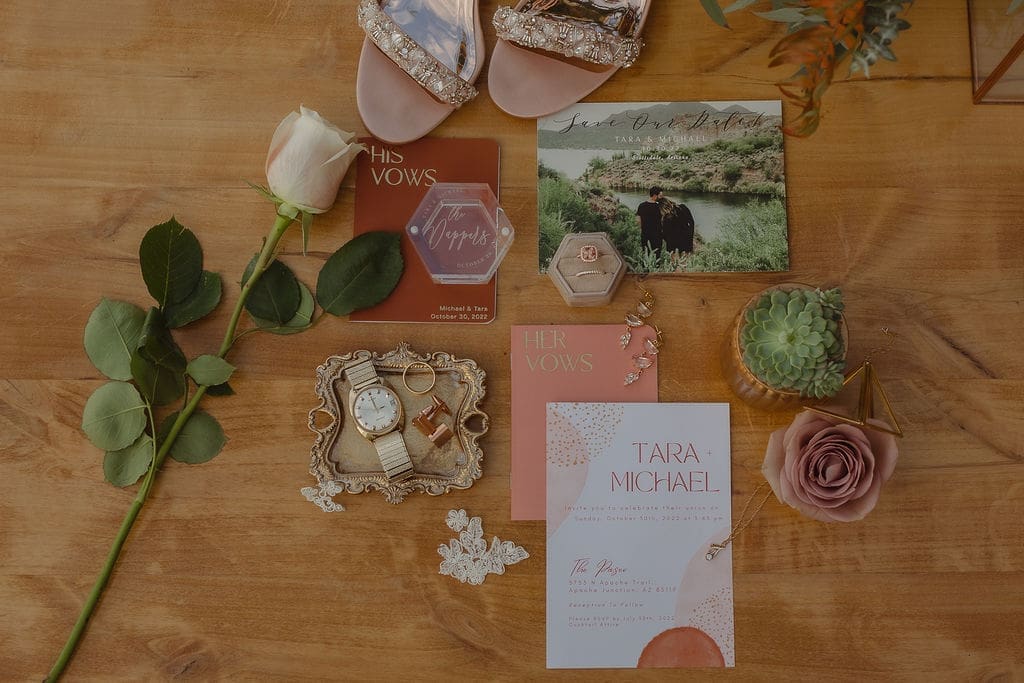The owner and lead photographer behind Kenzie Pellerin Photography since 2019, I specialize in capturing the genuine beauty and unforgettable memories of life’s most cherished moments. With over 250 beautiful clients and the blessing of photographing 80+ weddings, I have a passion for creating meaningful connections. I’m here to make your photography experience feel effortless, joyful, and personalized.
Hi, I’m Kenzie,
Get in Touch
10 Questions to Ask to Jumpstart Your Wedding Planning!
September 4, 2024
You Just Got Engaged! Now What?
Congratulations! You are now in your fiancé era and are about to embark on one of the most exciting journeys of your life. The emotions of pure joy, excitement, and maybe a bit of overwhelm can make it hard to know what to do next.
But don’t worry, this is a special time, and with a little guidance and nailing down these 10 must-ask questions after you get engaged, you can navigate the next steps with confidence and ease (be sure to check out #8 as it’s my speciality).
Keep reading to dive into the process of wedding planning step by step, using a one-year engagement timeline as a guide. This guide will help you get organized, make informed decisions, and soak in every moment of this adventure.

1. How Do We Choose a Wedding Date?
Selecting a wedding date is one of the first and most important decisions you’ll make. This date will mark your anniversary for years to come, so it’s worth considering carefully.
Seasonality
Start by thinking about the season that best reflects you and your fiancé’s personalities and the vision you have for your wedding. Do you imagine a spring wedding in a garden, a summer beachside soirée, an autumnal vineyard celebration, or a cozy winter gathering? Try using Pinterest to get some inspiration here!
Venue AVAILABILITY
Next, consider practical factors like venue availability. Some wedding venues book up quickly, especially during peak wedding season. For those Arizona weddings, peak season is October through May to beat that summer heat. If you have your heart set on a specific location, you may need to be flexible with your date to secure it so keep that in mind.
significant dates
Finally, think about any significant dates in your relationship or family calendar. How romantic would it be to celebrate your wedding day on the anniversary of your first date, the day you officially became a couple, or even on your grandparents’ wedding anniversary? Just be sure to check for any potential conflicts with major holidays or events that could affect your guests’ availability.
2. We Choose a Date or Two, What’s Next?
Once the excitement of your engagement has sunk in and you have a couple date choices in mind, the first step is to set a realistic wedding budget. Your budget will guide all of your decisions moving forward, from the wedding venue and catering to the dress and decorations.
Take the time to have an intentional conversation with your partner on how much you’re comfortable spending (find that max number and abide by it!), and whether any family members will be contributing financially.
After you’ve established a budget, the next priority is to start researching and booking your venue. The wedding venue often dictates the date and style of your wedding, so it’s wise to secure it early on. Once you have your venue and date, you can start thinking about other key vendors like wedding photographers, caterers, and florists.
3. How Much Should We Budget for Our Wedding?
Budgeting for a wedding can feel overwhelming, but breaking it down into categories can make it more manageable. Begin by determining your total wedding budget, then allocate percentages to different aspects of the wedding.
For example, you might allocate 40% of your budget to the venue and catering, 15% to wedding photography, 10% to attire, 10% to flowers and decorations, 10% to entertainment, 5% to stationery, and 10% to miscellaneous expenses.
Remember, it’s crucial to prioritize what’s most important to you as a couple.
If wedding photography is your top priority, you might allocate more of your budget there and save on other areas like décor or attire.
And always leave a little wiggle room for unexpected costs that might pop up along the way.
4. How Do We Choose the Right Venue?
Choosing the perfect wedding venue is about finding a place that reflects your style, accommodates your guest list, and fits within your budget.
envision the dream
Start by envisioning the type of wedding you want. Do you see yourself getting married in a grand ballroom, a rustic barn, a charming garden, or on a sandy beach? Maybe in a forest grove or the church you grew up going to? Hop back onto Pinterest again if you are needing more inspiration.
ACCOMMODATE guest count
Once you have a general idea of your venue, consider your guest count. The venue should comfortably accommodate your guest list, with room for all the key events—ceremony, cocktail hour, reception, and dancing. Visit potential wedding venues in person, if possible, to get a feel for the space and ask detailed questions about what’s included in the rental fee, such as tables, chairs, and on-site coordination.
logistic stuff
Don’t forget to consider logistics like parking, accessibility, and nearby accommodations for guests. And, of course, make sure the venue is available on your desired date before you get too attached!



5. When Do We Send Save-the-Dates & Invitations?
Timing is everything when it comes to sending out save-the-dates and wedding invitations. Save-the-dates should go out six to eight months before your wedding, especially if you’re planning a destination wedding or have a lot of out-of-town guests. This gives your guests plenty of time to make travel arrangements and request time off work.
Wedding invitations should be sent out six to eight weeks before the wedding. This is the time to provide all the details your guests will need, including the wedding venue address, dress code, and RSVP information.
Be sure to include a reply-by date, typically three to four weeks before the wedding, so you can finalize your guest count with your caterer.
wedding planning online resources
If you need some wedding planning help or inspiration, The Knot is an all encompassing resource for brides to be. From creating your personal wedding website, free invitation samples, finding style inspiration to even hiring a DJ, I recommend checking it out!


6. Do We Need to Hire a Wedding Planner?
Whether or not to hire a wedding planner is a personal decision, but there are many benefits to having one on your team.
A wedding planner can save you time and stress by handling all the details, coordinating with vendors, and managing the timeline on the big day. They also bring expertise and insider knowledge, which can be invaluable in avoiding common pitfalls and staying within your budget.
If you’re planning a complex or large-scale wedding, or if you have a busy schedule, a wedding planner can be a worthwhile investment. Even if you’re on a tighter budget, consider hiring a day-of coordinator to ensure everything runs smoothly so you can relax and enjoy your special day.
7. What Should We Include in Our Wedding Registry?
Creating a wedding registry is an opportunity to build a wish list of items that will help you start your married life together.
Start by considering your needs, lifestyle and preferences. Do you love to cook? A set of high-quality pots and pans or a stand mixer might be perfect. Are you entertainers? Think about adding dinnerware, glassware, and serving pieces.
Don’t be afraid to include a variety of items at different price points, so guests have options that fit their budget. Many couples are also including experiences, like cooking classes or honeymoon activities, as part of their registry.
And remember, it’s okay to include some “just for fun” items, too—this is your chance to dream a little!
8. How Do We Choose a Wedding Photographer?
Your wedding photographer will capture the timeless memories of your special day, so it’s important to choose someone whose style resonates with you. Start by browsing portfolios to get a sense of different photographers’ work. Look for someone who has experience shooting weddings similar to the style and setting you envision.
It’s crucial to consider not just their photography style but also how they edit their images. You’re highly unlikely to receive your wedding photos unedited, so ensuring you like the photographer’s “vibe” on the edits is so important. Take time to view their portfolio, and think about what resonates with you.
Do you love bright and airy images that feel light, clean, and dreamy? Or are you drawn to a more dark and moody style, where the deep tones and shadows evoke a sense of intimacy and drama? Perhaps you prefer a more natural, timeless look, with true-to-life colors that feel authentic and classic.
When meeting with potential photographers, also ask about their approach to wedding photography. Do they prefer posed portraits, candid shots, or a mix of both? Discuss your must-have shots, and see if their vision aligns with yours.
As these will be the photos posted on the walls of your home and kept on lockscreens forever, don’t be afraid to ask questions, request full galleries, or inquire about whether they can adjust their style to meet your preferences if you find a photographer you connect with.
Finally, consider personality and rapport. You’ll be spending a lot of time with your photographer on your wedding day, so it’s important that you feel comfortable and trust them to capture your day beautifully!

9. How Do We Handle Family Dynamics During Wedding Planning?
Wedding planning can bring out a range of emotions, and navigating family dynamics is often one of the trickiest parts.
Here, setting boundaries earlier than later can help avoid unnecessary conflict. Remember, it’s both your wedding day, so make these decisions strongly with your partner and present a united front when discussing plans with family.
If family members offer opinions or try to take over certain aspects of the planning, acknowledge their input but gently remind them that this is your day. If necessary, designate specific tasks for family members who want to be involved—this can help them feel included without overstepping.
And above all, communicate openly with each other and your families. Weddings can be emotional, but with a little patience and understanding, you can manage any potential conflicts with grace.
10. What Are the Legal Requirements for Getting Married?
While it might be easy to plan the fun and creative aspects of your wedding, don’t forget about the legal requirements!
You’ll first need to apply for a marriage license, which typically requires both of you to appear in person at your local courthouse or city hall with proper identification. Be sure to check the specific requirements and waiting periods in your state or country.
Your wedding officiant will also need to be legally recognized to perform your marriage. If you’re having a friend or family member officiate, make sure they’re ordained and understand the legal responsibilities.
Finally, after the ceremony, your officiant will file the marriage license with the appropriate government office to make your marriage official. It’s a good idea to order a few certified copies of your marriage certificate for future legal purposes, like changing your name or updating documents.
Your Wedding Planning is Officially Underway!
With these steps in mind, you’re well on your way to planning a wedding that’s not only beautiful but deeply meaningful.
Remember, this is your journey—take it one step at a time, savor the chaotic, but well worth moments, and don’t be afraid to ask for help along the way.
Your wedding day is a celebration of your love story, and with thoughtful planning, it will be a day you’ll cherish forever.
i hope this helped with some of the unknown questions you might’ve had about the wedding planning process!
I’m always posting more behind the scenes, tips and tricks, plus beautiful wedding photos on my Instagram!
Check out @KenziePellerinPhotography for more 🙂
Happy wedding planning!
The owner and lead photographer behind Kenzie Pellerin Photography since 2019, I specialize in capturing the genuine beauty and unforgettable memories of life’s most cherished moments. With over 250 beautiful clients and the blessing of photographing 80+ weddings, I have a passion for creating meaningful connections. I’m here to make your photography experience feel effortless, joyful, and personalized.